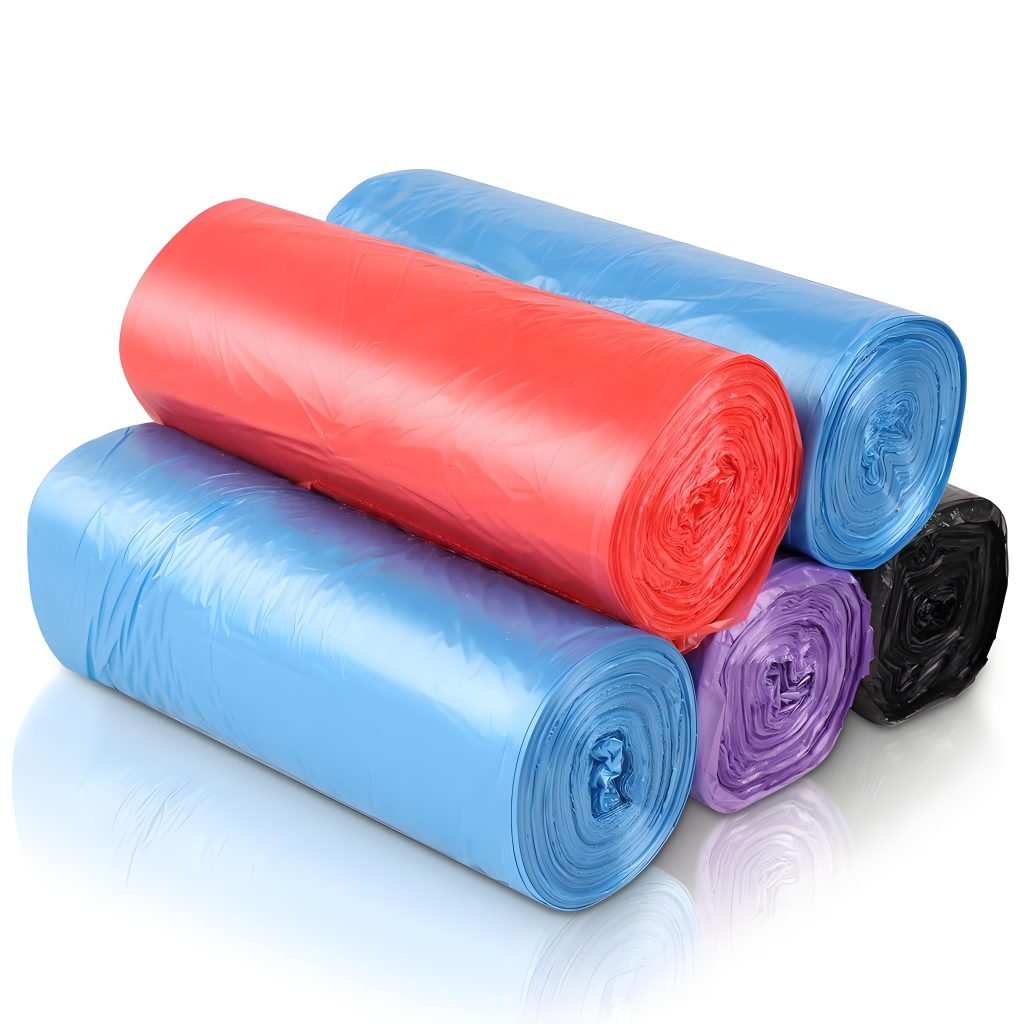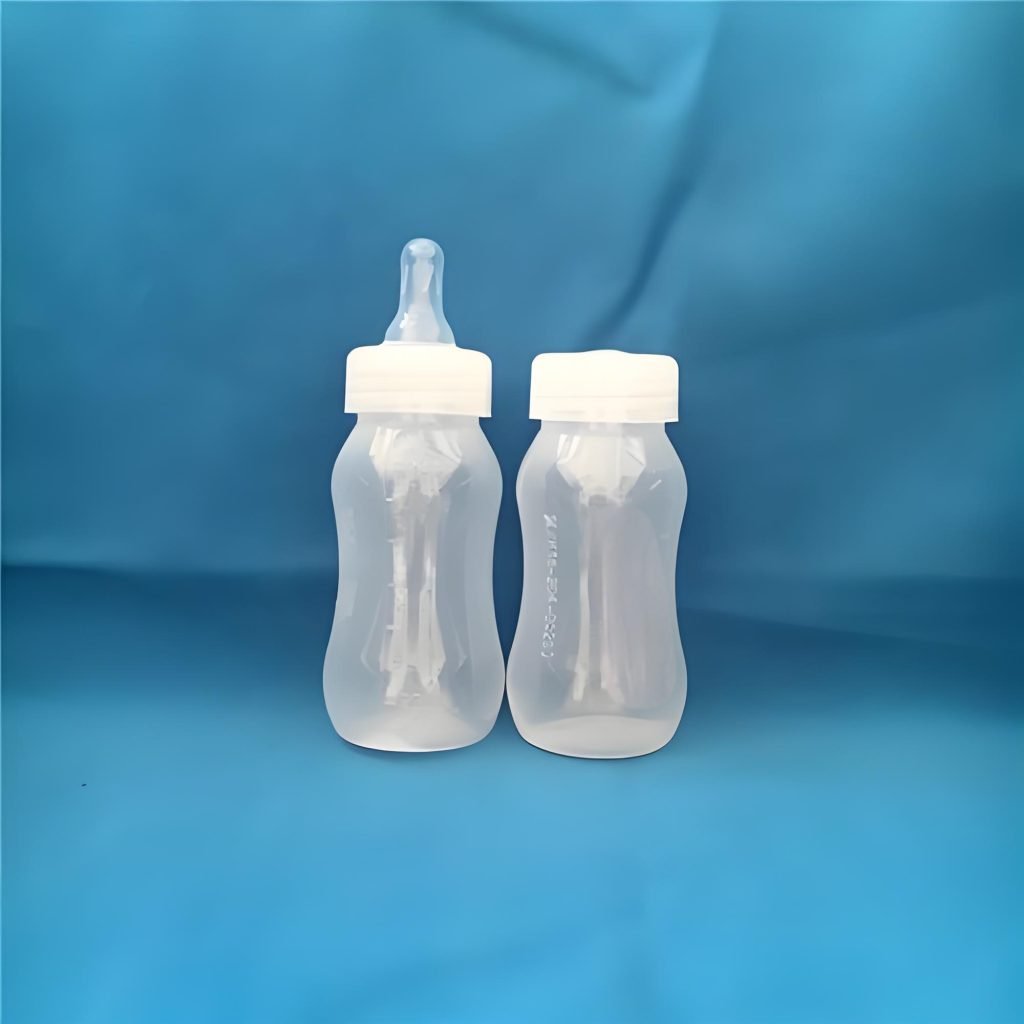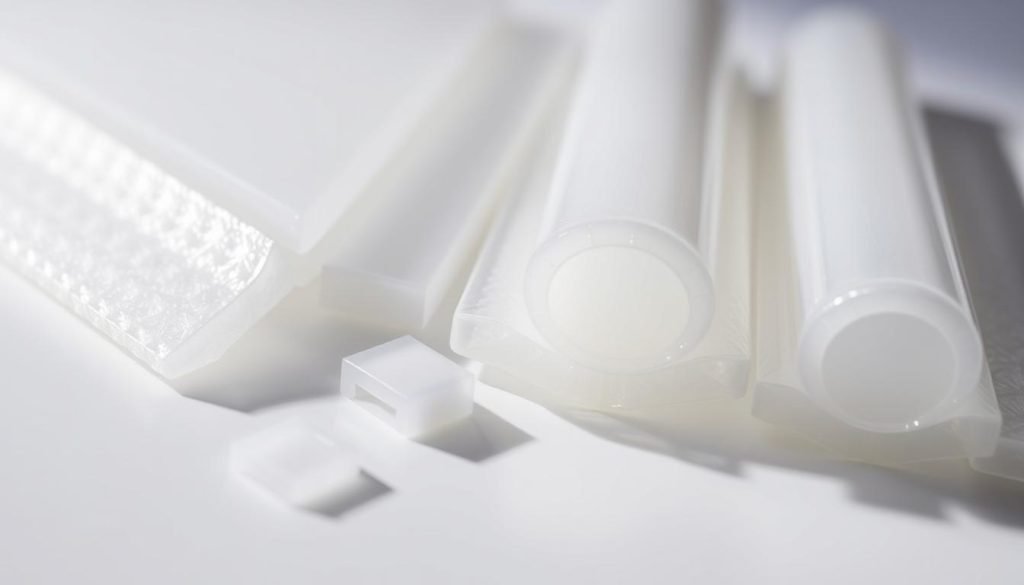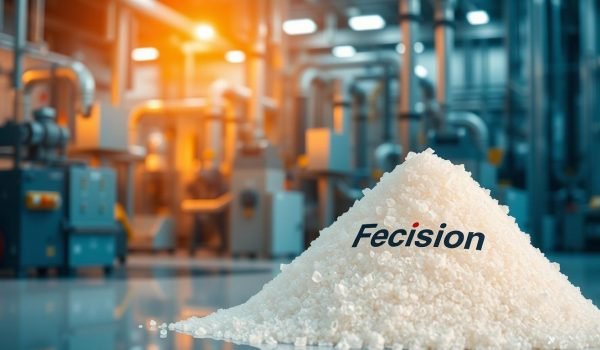Are you struggling to decide between different types of plastic materials for your manufacturing needs? Choosing the right plastic can significantly impact the performance, cost, and environmental footprint of your projects.
Polyethylene is one of the most widely used thermoplastics in the industry, known for its versatility, affordability, and compatibility with various materials. It is categorized into several types based on its molecular structure, with Low-Density Polyethylene (LDPE) and High-Density Polyethylene (HDPE) being two of the most commonly used.
Understanding the fundamental properties and differences between these polyethylene types is crucial for making informed decisions. This article will guide you through the key characteristics of LDPE and HDPE, helping you choose the right plastic for your specific project requirements.
Understanding Polyethylene: The Versatile Plastic
Polyethylene’s broad range of physical properties and cost-effectiveness have cemented its place as a preferred material in the plastic industry. You might be wondering what makes polyethylene so versatile and widely used. The answer lies in its exceptional adaptability, which stems from its basic chemical structure of repeating ethylene monomers. This structure creates a polymer that can be modified to produce materials with vastly different characteristics, making it suitable for a wide array of applications.
What Makes Polyethylene So Popular
Polyethylene has become the world’s most widely used plastic material due to its exceptional versatility, cost-effectiveness, and broad range of physical properties that can be tailored to specific applications. Its popularity stems from its excellent chemical resistance, electrical insulating properties, toughness, and ease of processing. This makes polyethylene suitable for countless products, from food packaging to industrial pipes.
Common Types of Polyethylene
Beyond the well-known LDPE and HDPE, polyethylene is categorized into several subcategories based on its molecular structure, including LLDPE (Linear Low-Density Polyethylene), VLDPE (Very Low-Density Polyethylene), and UHMWPE (Ultra-High Molecular Weight Polyethylene). Each type demonstrates unique characteristics suitable for particular applications, providing you with a range of options for different manufacturing challenges.
All About Low-Density Polyethylene (LDPE)
Understanding LDPE, or Low-Density Polyethylene, is crucial for selecting the right material for your plastic needs. LDPE is a soft, flexible, and lightweight translucent plastic with low crystallinity.
Molecular Structure and Properties
LDPE features a highly branched molecular structure with both long and short side chains. This unique structure prevents tight packing, resulting in its characteristic flexibility and lower density. The molecules are more loosely packed than other polyethylenes, contributing to its excellent physical properties.
Key Characteristics
LDPE is known for its flexibility, chemical resistance, impact resistance, and stain resistance. It’s also electrically insulating and waterproof. However, it has a lower melting point, around 105-115°C, which affects its heat resistance.
Common Applications
LDPE excels in various applications, including plastic bags, flexible packaging films, squeeze bottles, and wire insulation. Its flexibility and moisture barrier properties make it ideal for packaging and containment uses.

By understanding LDPE’s properties and applications, you can make informed decisions for your projects, leveraging its benefits while considering its limitations.
All About High-Density Polyethylene (HDPE)
When considering plastics for your projects, HDPE stands out due to its unique properties. High-Density Polyethylene is a thermoplastic polymer made from petroleum, known for its greater rigidity and durability compared to Low-Density Polyethylene (LDPE).
Molecular Structure and Properties of HDPE
HDPE features a linear molecular structure with minimal branching, allowing its polymer chains to pack tightly together. This results in a material with superior strength, rigidity, and durability. The tight packing of molecules gives HDPE its characteristic high density, ranging from 0.93 to 0.97 g/cm³.
Key Characteristics of HDPE
You’ll find that HDPE is rigid and opaque, with excellent chemical resistance and good UV resistance when properly stabilized. It has a higher melting point than LDPE, around 135°C, and outstanding environmental stress crack resistance. These characteristics make HDPE a preferred choice for various applications.
Common Applications of HDPE
HDPE is used in a wide range of applications, including rigid containers like milk jugs and detergent bottles, pipes and conduits, storage tanks, food containers, toys, and outdoor furniture. Its strength, durability, and resistance to chemicals make it ideal for industrial components and household items.

LDPE vs HDPE: Comparing Critical Properties
LDPE and HDPE, while both polyethylene types, exhibit distinct properties that make them suitable for different applications. Understanding these differences is crucial for selecting the right material for your projects.
Density and Molecular Structure Differences
The density of LDPE ranges from 0.910 to 0.940 g/cm³, whereas HDPE has a density between 0.93 and 0.97 g/cm³. This difference is due to their molecular structures; LDPE has highly branched chains, while HDPE has a linear arrangement. This structural difference significantly impacts their properties and performance.
Strength, Flexibility, and Durability Comparison
HDPE exhibits superior tensile strength (around 4,000 psi) compared to LDPE (1,400 psi) and greater rigidity (flexural modulus of 200,000 psi vs. LDPE’s 30,000 psi). Conversely, LDPE offers greater flexibility and impact resistance at low temperatures, making it suitable for applications requiring these properties.
Temperature and Chemical Resistance
HDPE has a higher melting point (approximately 135°C) than LDPE (105-115°C), making it more suitable for high-temperature applications or those requiring sterilization. While both materials show excellent chemical resistance, HDPE generally offers superior resistance to most chemicals, solvents, and environmental stress cracking.
Transparency and Appearance
LDPE is more translucent to transparent, whereas HDPE is typically opaque. This difference in transparency and appearance can be crucial for applications where product visibility is important.
Manufacturing and Processing Methods
The production methods of LDPE and HDPE differ significantly, impacting their characteristics. Understanding these differences is crucial for selecting the right material for your projects.
How LDPE is Produced
LDPE is produced through high-pressure free radical polymerization (1000-3000 bar at 80-300°C) using either a stirred autoclave or tubular reactor. The process involves ethylene gas compression, material polymerization using an initiator, and subsequent gas separation.
How HDPE is Manufactured
HDPE is manufactured using low-pressure catalytic methods like slurry or gas-phase polymerization. The process starts with breaking down petroleum-based hydrocarbons into ethylene monomers, followed by polymerization with specialized catalysts, and finally extraction, filtration, and drying of the polymer.
Processing Techniques for Both Materials
Both LDPE and HDPE can be processed using similar techniques, including injection molding, extrusion, and blow molding. These methods allow for the creation of various products, from precise parts with complex geometries to continuous profiles like pipes and sheets.
Choosing Between LDPE and HDPE for Your Application
LDPE and HDPE are two popular types of polyethylene, but choosing between them requires careful consideration of your project’s specific needs. When deciding on the right plastic material for your application, it’s essential to understand the characteristics, advantages, and limitations of each material.

Best Applications for LDPE
LDPE is best suited for applications requiring flexibility, softness, and good optical clarity. It’s ideal for products such as food packaging (bread bags, frozen food bags), retail shopping bags, garbage bags, squeeze bottles, cling wrap, and flexible tubing. Consider LDPE when your product needs to be squeezable, requires good clarity, needs to be heat-sealed, or must maintain flexibility at low temperatures.
Ideal Uses for HDPE
HDPE is ideal for applications requiring high tensile strength and rigidity. It’s suitable for products such as vehicle fuel tanks, boat parts, pipes, tubing, playgrounds, chemical tanks, food and beverage bottles, cutting boards, bottle caps, plastic milk bottles, drums, and bulk containers. Choose HDPE when structural integrity, rigidity, and higher temperature resistance are priorities.
Decision Factors for Material Selection
When selecting between LDPE and HDPE, consider factors such as needed flexibility, strength, chemical exposure, temperature conditions, and desired appearance. Environmental factors should also influence your decision, as both materials are recyclable but in different recycling streams. Working with an experienced manufacturing partner can help you navigate these considerations and select the optimal material for your specific application.
Conclusion: Making the Right Plastic Choice for Your Project
Selecting between LDPE and HDPE requires a clear understanding of their properties and applications. You must consider the specific needs of your project, including flexibility, strength, chemical exposure, and temperature conditions.
LDPE offers superior flexibility and transparency, making it ideal for packaging films and plastic bags. In contrast, HDPE provides exceptional strength and chemical resistance, suitable for containers, pipes, and tubing.
By understanding the differences between LDPE and HDPE, you can make informed decisions and choose the right material for your project, ensuring high-quality products that meet your specifications.
FAQ
What are the typical applications of LDPE?
LDPE is commonly used in packaging materials, such as plastic bags, shrink wrap, and containers, due to its flexibility and resistance to moisture.
What are the advantages of using HDPE in manufacturing?
HDPE offers high tensile strength, durability, and resistance to corrosion, making it suitable for a wide range of applications, including pipes, tubing, and containers.
Can LDPE and HDPE be used for high-temperature applications?
While both materials have some heat resistance, HDPE generally has a higher melting point and is more suitable for high-temperature applications. However, it’s essential to check the specific temperature range for each material to ensure compatibility.
How do I choose between LDPE and HDPE for my project?
Consider factors such as the required strength, flexibility, chemical resistance, and temperature range. If you need a more flexible and moisture-resistant material, LDPE might be the better choice. For applications requiring higher strength, durability, and chemical resistance, HDPE is likely a better fit.
Can LDPE and HDPE be recycled?
Yes, both LDPE and HDPE are recyclable, and many manufacturers are incorporating recycled materials into their products. Check with local recycling facilities to determine the specific guidelines for recycling these materials in your area.




